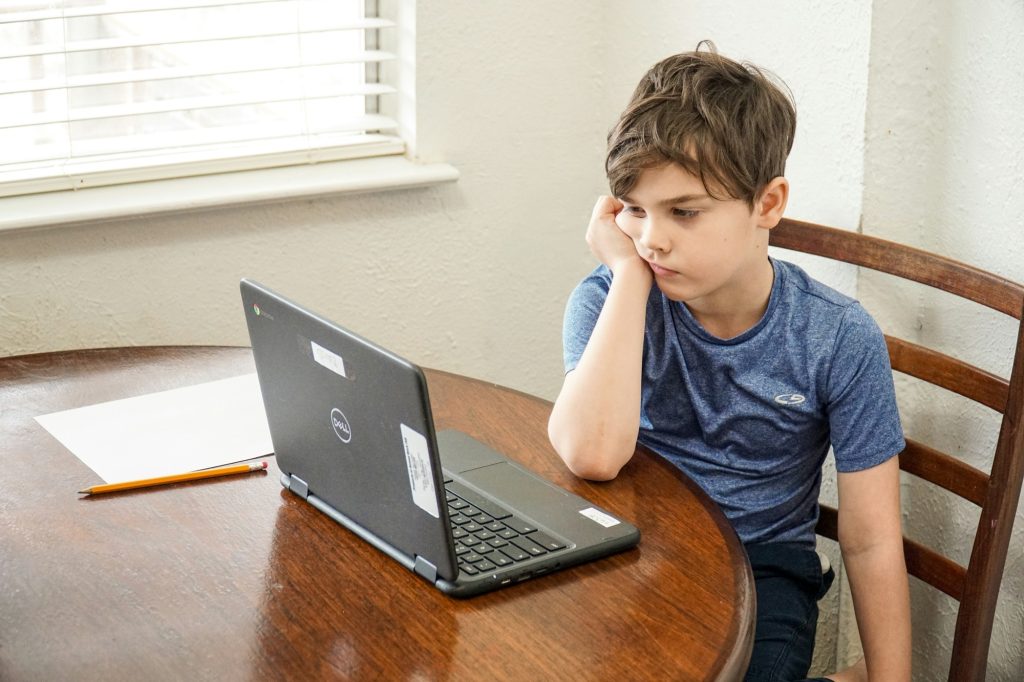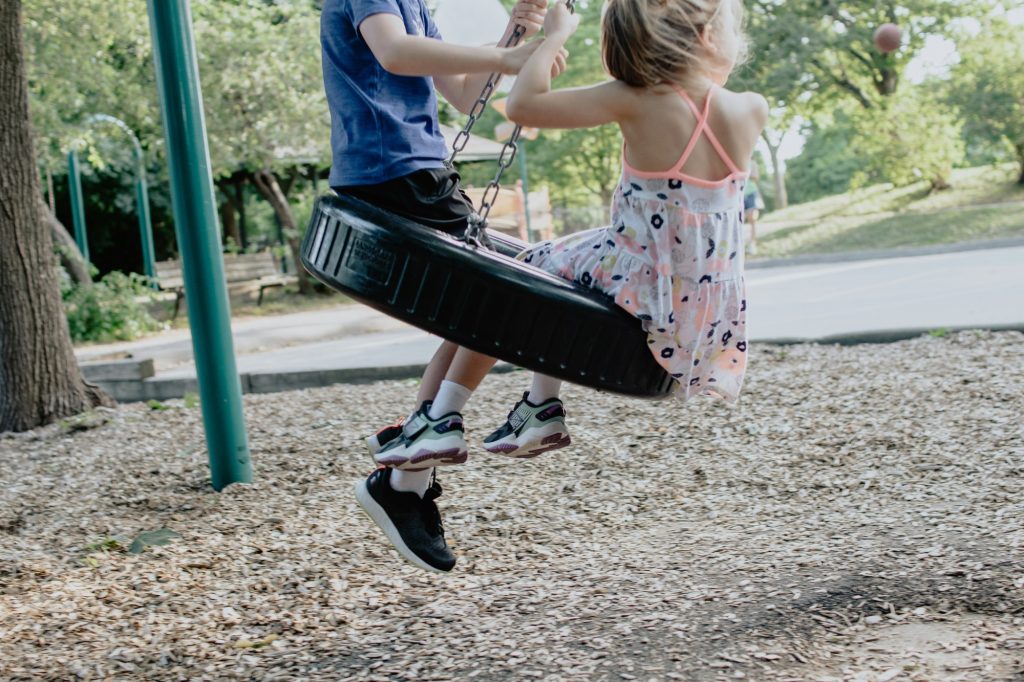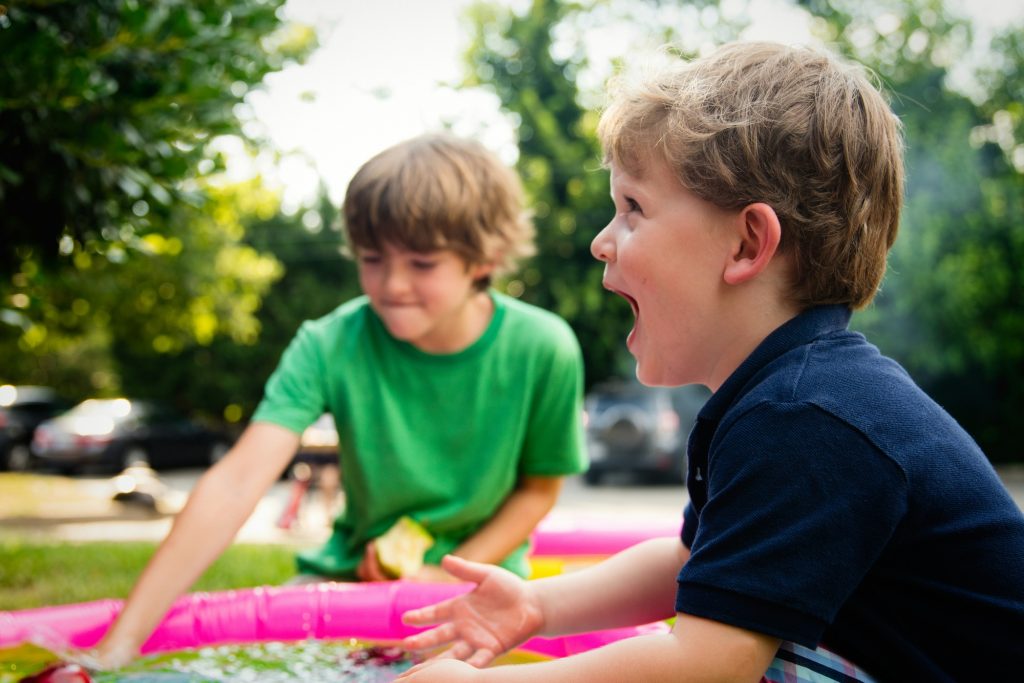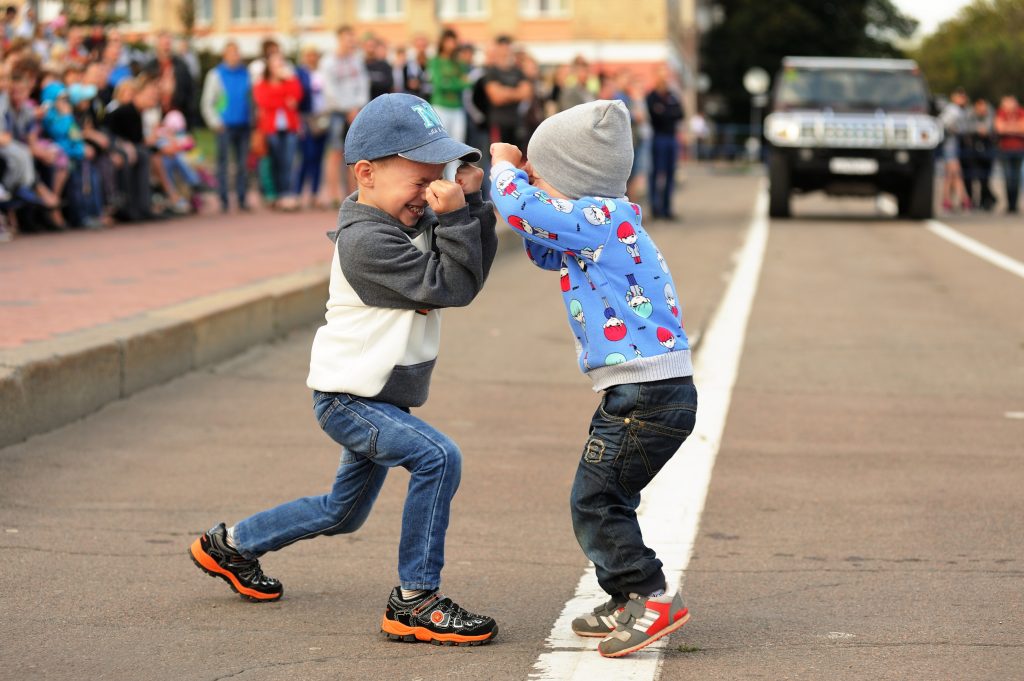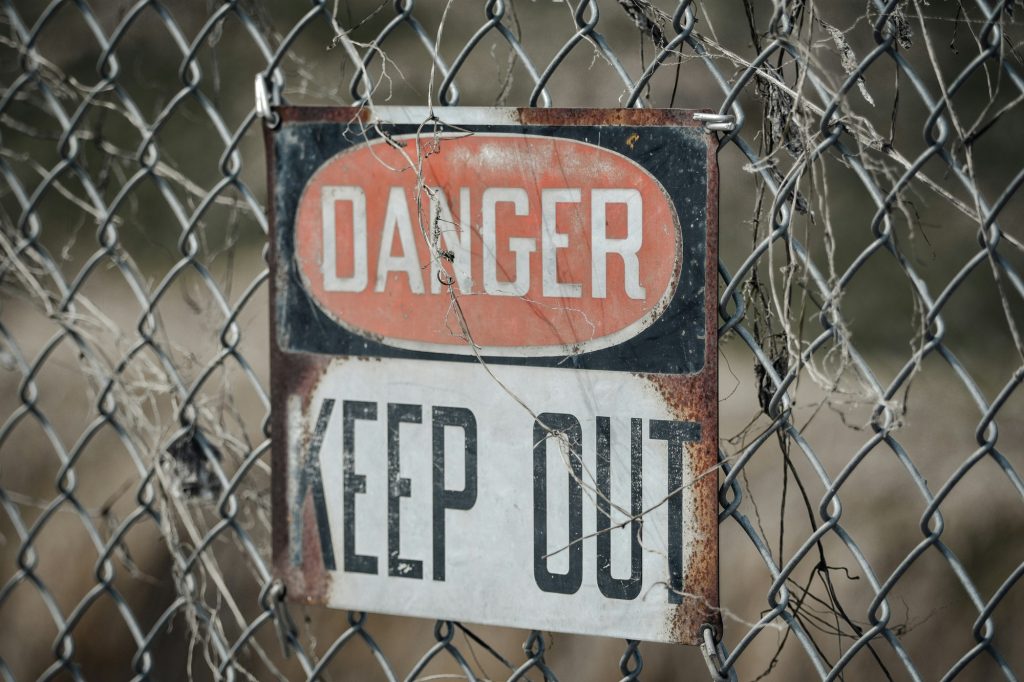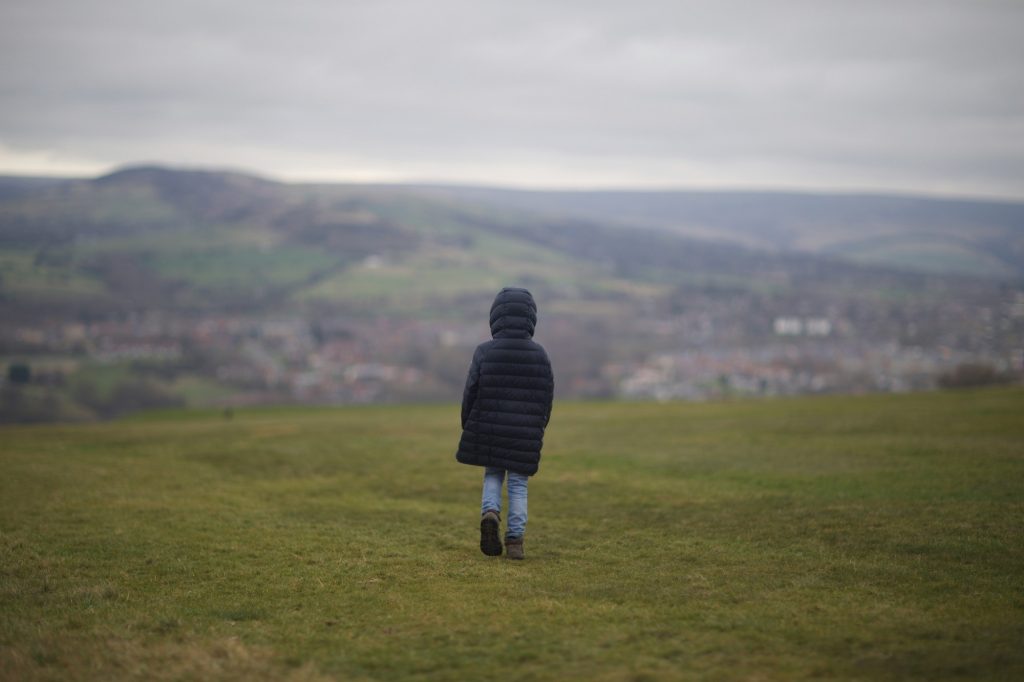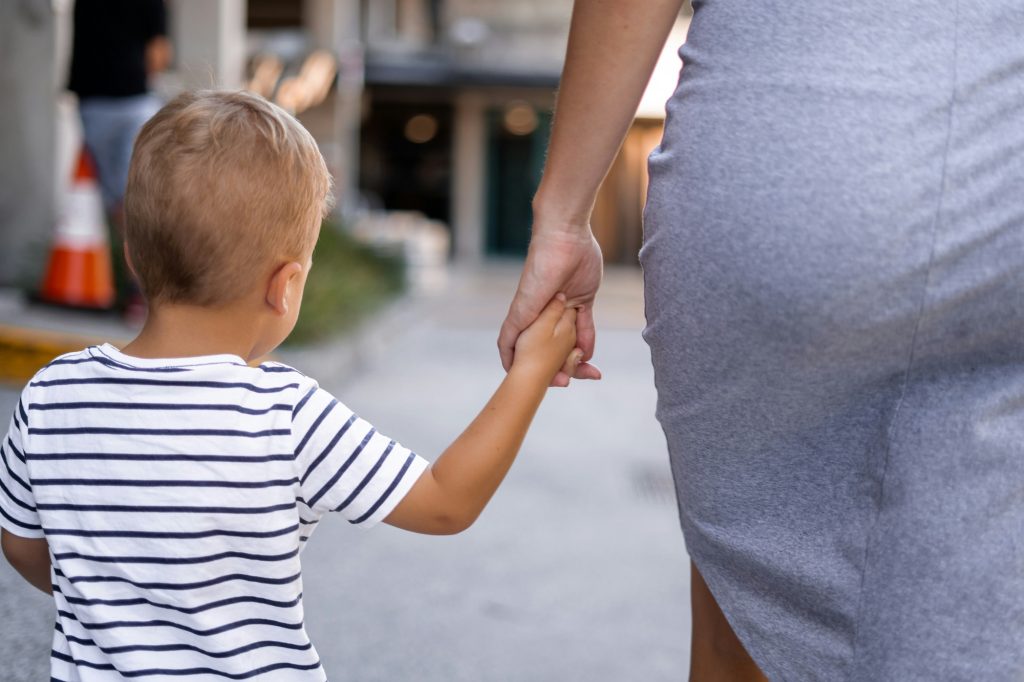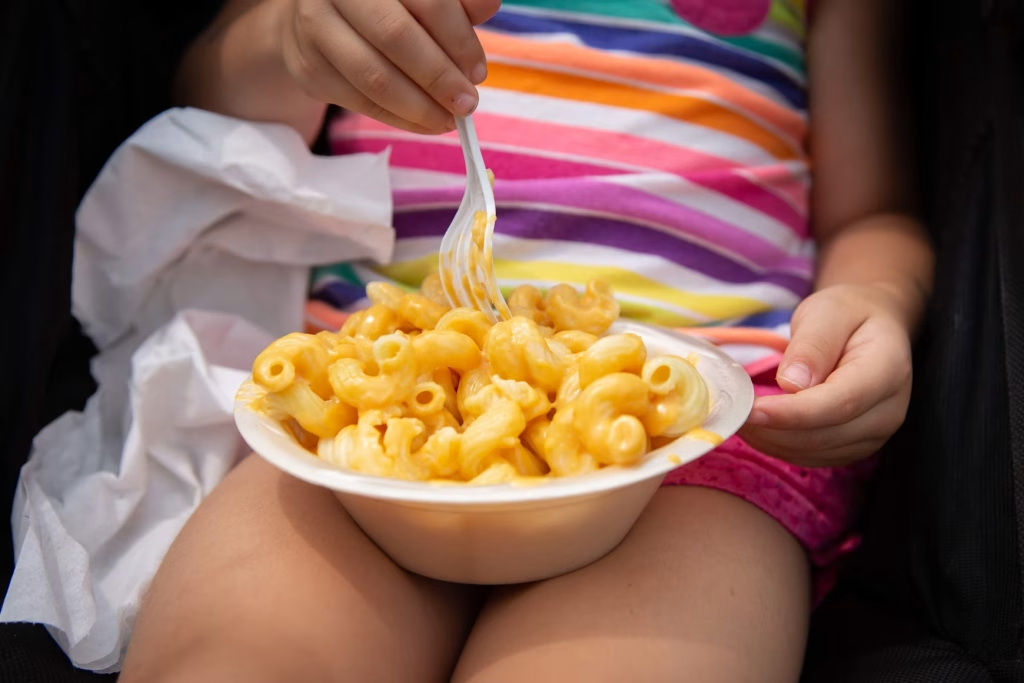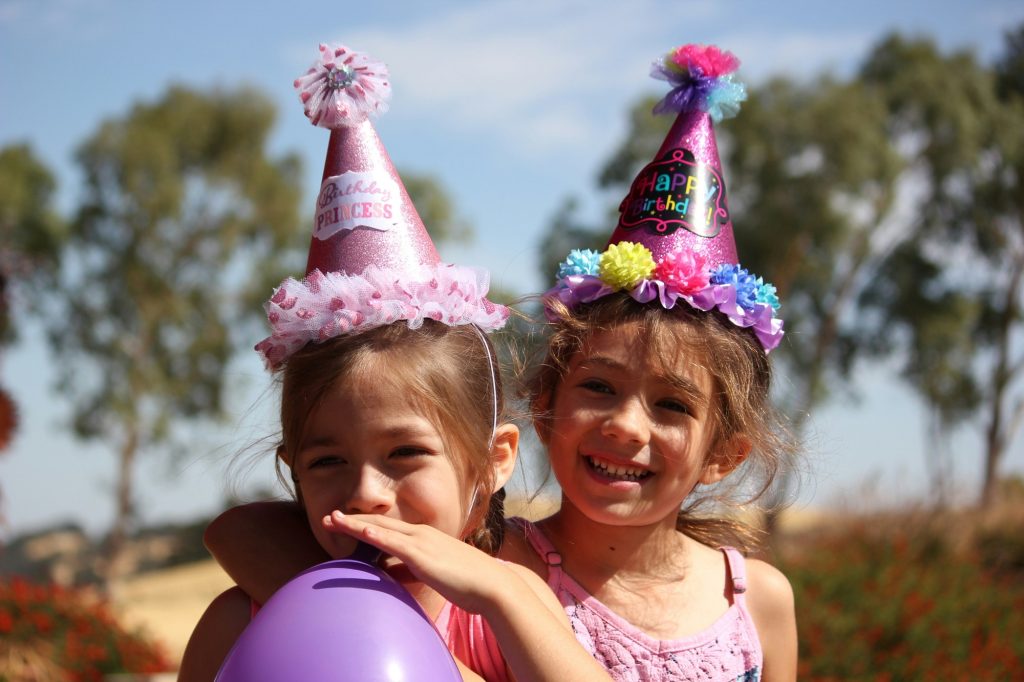
There’s an unspoken rule in the world of birthday parties, school events, and playdate invites: if the invitation says one child’s name, that means just one child is invited. And yet, many parents continue to show up with siblings in tow, some even expecting an extra goodie bag or slice of cake. While it might seem harmless, the practice of bringing uninvited siblings to parties can cause more problems than most people realize.
What may feel like a small parenting shortcut is often interpreted as inconsiderate, entitled, and disruptive. It puts unnecessary pressure on the host family, changes the dynamic of the event, and sends the wrong message to both your kids and theirs.
If you’re guilty of this party faux pas or know someone who is, read on. Here’s why it’s time for this habit to end.
It Overloads the Host’s Budget
Planning a child’s party often comes with a strict guest count and a tightly managed budget. Whether it’s pizza, cupcakes, craft materials, or party favors, most hosts plan for the number of children listed on their RSVP list—not for every sibling a guest might bring along. Each uninvited child means more food, more supplies, and sometimes, a scramble to accommodate someone who wasn’t supposed to be there.
No parent wants to explain to a wide-eyed extra kid why there’s no party bag with their name on it. But they also shouldn’t be expected to overspend just in case someone decides to bring the whole crew.
It Changes the Party’s Dynamic
Kids’ parties are often planned around specific ages or interests. A spa party for ten-year-olds isn’t the right place for a toddler running around with sticky hands. A bounce house built for elementary kids isn’t safe for a clumsy three-year-old.
Bringing uninvited siblings disrupts the age-appropriate vibe the host worked hard to create. It can change the flow of activities, shift the attention away from the birthday child, and leave everyone, including your own kids, feeling confused about the rules.
It’s a Teachable Moment That You’re Missing
When you honor an invitation as it’s written, you’re modeling boundaries and respect for your children. When you ignore it and show up with a sibling who wasn’t invited, you’re doing the opposite.
Instead of saying, “Not everything is about you,” or “We don’t go where we’re not invited,” you’re essentially telling your child that rules bend when it’s inconvenient. That undermines both manners and empathy—and we all know the world needs more of both.

It’s Okay to Say No (Or Hire a Sitter)
Yes, sometimes childcare is hard to find. But showing up with an extra kid shouldn’t be the default solution. If you can’t leave the sibling at home, ask the host ahead of time if it’s okay to bring them. If the answer is no, that’s not rude. It’s realistic.
Not every family can afford (financially or mentally) to entertain more children than they planned for. And honestly, it’s okay for your invited child to skip a party if the logistics don’t work out this time. Not every invitation needs to become a full-family outing.
It Can Make Other Kids Feel Left Out
Bringing an uninvited sibling can create awkward social moments for other children. Maybe your child’s classmate didn’t get to invite their own sibling. Maybe a younger sibling feels bad watching a party they aren’t really part of. Or worse, maybe the birthday child now has to share their attention or feel like their day has been hijacked by someone else’s little brother.
When party boundaries are crossed, no one wins, especially the kids who were supposed to be the focus.
If You’re the Host, Set Clear Expectations
This problem doesn’t fall solely on the guest’s shoulders. Parents planning a party can help by setting crystal-clear expectations. A well-worded invitation like, “Due to space limitations, this party is for invited guests only—thank you for understanding!” can go a long way.
If you’re feeling generous and open to extra siblings, be explicit about it: “Siblings welcome!” That way, everyone knows what to expect, and no one ends up on the spot.
The Bottom Line: Respect the Invite
It comes down to one simple principle—respect. Respect the host’s effort, budget, and planning. Respect the boundaries they set. Respect your child enough to show them that invitations are meaningful, and respect other children enough not to overshadow their moment in the spotlight.
It’s a party, not a free-for-all. And while no one wants to play the etiquette police, sometimes a little courtesy is the biggest gift you can bring.
Have you ever had to deal with unexpected siblings at your child’s party—or been the one to bring one along? What do you think is a fair approach?
Read More:
7 Birthday Gifts Your Child Should Never Bring to a Party
How to Plan an Epic Party: 10 Cheap Birthday Party Ideas You’ll Love
Riley is an Arizona native with over nine years of writing experience. From personal finance to travel to digital marketing to pop culture, she’s written about everything under the sun. When she’s not writing, she’s spending her time outside, reading, or cuddling with her two corgis.
